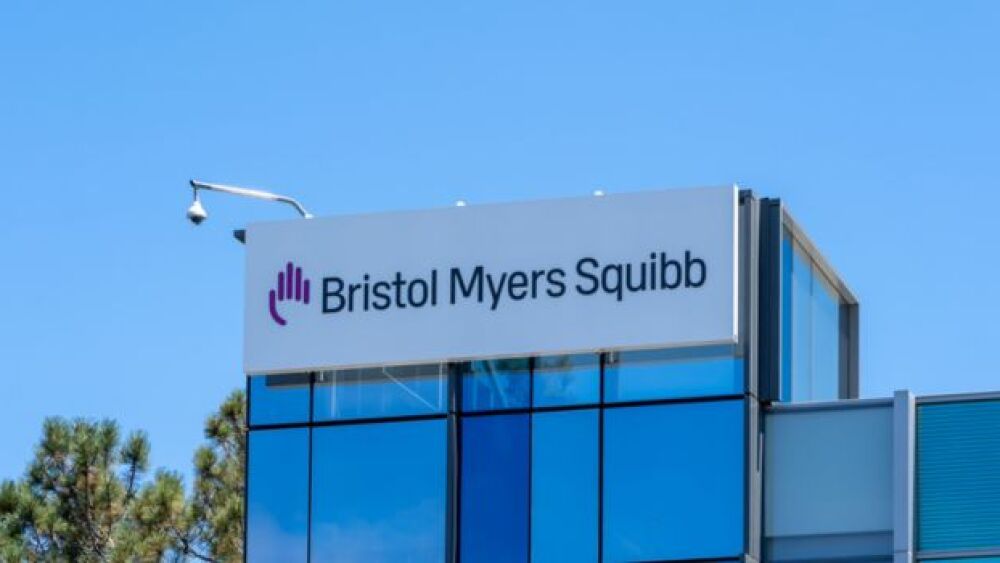Thursday August 20, 2009, 8:00 am EDT
WOONSOCKET, R.I., Aug. 20 /PRNewswire-FirstCall/ -- MultiCell Technologies, Inc. (OTC Bulletin Board: MCET - News) announced today it has been granted U.S. patent 7,566,567 by the United States of America Patent and Trademark Office covering its Fa2N-4 and Ea1C-35 immortalized human hepatocyte cell lines.
The Fa2N-4 and Ea1C-35 immortalized human hepatocyte cell lines were derived from normal human liver cells, and are nontumorigenic, stable in culture, and produce therapeutic plasma proteins in cell culture. The Fa2N-4 cell line has also been engineered to function as a proxy for normal human liver cells for use in performing drug toxicity assays. MultiCell has licensed several pharmaceutical companies rights to use the Fa2N-4 cell line for drug toxicity applications including Pfizer, Bristol-Myers Squibb, and Eisai Pharmaceuticals. MultiCell licensed Corning, Inc. to sell the Fa2N-4 cell line and media within the drug discovery and life science research markets for drug toxicity (Tox) applications as well as for drug adsorption, distribution, metabolism and excretion (ADME) studies. MultiCell retained worldwide exclusive ownership of the Fa2N-4 and Ea1C-35 cell lines for all applications other than ADME/Tox, including drug target identification and using the cell lines for the production of therapeutic plasma proteins.
MultiCell also owns exclusive worldwide rights to two issued U.S. patents (6,872,389 and 6,129,911), one U.S. patent application (U.S. 2006/0019387A1), and several corresponding issued and pending foreign patents and patent applications related to the isolation and differentiation of human liver stem cells. MultiCell previously announced it had entered into a cooperative research and development agreement with Maxim Biotech, Inc. to develop products for the study of human liver stem cells and human liver cancer.
The role of liver stem cells in the carcinogenic process has recently led to a new hypothesis that hepatocellular carcinoma in humans arises by maturation arrest of liver stem cells. "MultiCell intends to use its human liver cell and liver stem cell assets to identify therapeutic targets and new drug candidates specifically targeting the treatment of primary liver cancer and intrahepatic bile duct cancer," said Jerry Newmin, Chairman & CEO of MultiCell Technologies. "We believe our engineered human liver cell lines will play an important role as proxies for normal human liver cells in our effort to identify drug targets."
The National Cancer Institute (NCI) in 2008 stated there were approximately 21,400 new cases of hepatocellular carcinoma and intrahepatic bile duct cancer in the United States, and approximately 18,400 of those cases resulted in death. Hepatocellular carcinoma, resulting from Hepatitis B and Hepatitis C infection, is the most common cancer in some parts of the world, with more than 1 million new cases diagnosed each year. The NCI also reports that hepatocellular carcinoma is associated with cirrhosis of the liver in 50% to 80% of patients.
For more information about MultiCell Technologies, please visit http://www.multicelltech.com
Caution Regarding Forward-Looking Statements
Any statements in this press release about MultiCell's expectations, beliefs, plans, objectives, assumptions or future events or performance are not historical facts and are forward-looking statements for purposes of the Private Securities Litigation Reform Act of 1995 (the "Act"). These statements are often, but not always, made through the use of words or phrases such as "believe", "will", "expect", "anticipate", "estimate", "intend", "plan", "forecast", "could", and "would". Examples of such forward looking statements include statements regarding the timing, design, scope, and anticipated results of our clinical development programs. MultiCell bases these forward- looking statements on current expectations about future events. They involve known and unknown risks, uncertainties and assumptions that may cause actual results, levels of activity, performance or achievements to differ materially from those expressed or implied by any forward-looking statement. Some of the risks, uncertainties and assumptions that could cause actual results to differ materially from estimates or projections in the forward-looking statement include, but are not limited to, the risk that we might not achieve our anticipated clinical development milestones, receive regulatory approval, or successfully commercialize our products as expected, the market for our products will not grow as expected, and the risk that our products will not achieve expectations. For additional information about risks and uncertainties MultiCell faces, see documents MultiCell files with the SEC, including MultiCell's report on Form 10-KSB for the fiscal year ended November 30, 2008, and all our quarterly and other periodic SEC filings. MultiCell claims the protection of the safe harbor for forward-looking statements under the Act and each assume no obligation and expressly disclaim any duty to update any forward-looking statement to reflect events or circumstances after the date of this news release or to reflect the occurrence of subsequent events.
The Fa2N-4 and Ea1C-35 immortalized human hepatocyte cell lines were derived from normal human liver cells, and are nontumorigenic, stable in culture, and produce therapeutic plasma proteins in cell culture. The Fa2N-4 cell line has also been engineered to function as a proxy for normal human liver cells for use in performing drug toxicity assays. MultiCell has licensed several pharmaceutical companies rights to use the Fa2N-4 cell line for drug toxicity applications including Pfizer, Bristol-Myers Squibb, and Eisai Pharmaceuticals. MultiCell licensed Corning, Inc. to sell the Fa2N-4 cell line and media within the drug discovery and life science research markets for drug toxicity (Tox) applications as well as for drug adsorption, distribution, metabolism and excretion (ADME) studies. MultiCell retained worldwide exclusive ownership of the Fa2N-4 and Ea1C-35 cell lines for all applications other than ADME/Tox, including drug target identification and using the cell lines for the production of therapeutic plasma proteins.
MultiCell also owns exclusive worldwide rights to two issued U.S. patents (6,872,389 and 6,129,911), one U.S. patent application (U.S. 2006/0019387A1), and several corresponding issued and pending foreign patents and patent applications related to the isolation and differentiation of human liver stem cells. MultiCell previously announced it had entered into a cooperative research and development agreement with Maxim Biotech, Inc. to develop products for the study of human liver stem cells and human liver cancer.
The role of liver stem cells in the carcinogenic process has recently led to a new hypothesis that hepatocellular carcinoma in humans arises by maturation arrest of liver stem cells. "MultiCell intends to use its human liver cell and liver stem cell assets to identify therapeutic targets and new drug candidates specifically targeting the treatment of primary liver cancer and intrahepatic bile duct cancer," said Jerry Newmin, Chairman & CEO of MultiCell Technologies. "We believe our engineered human liver cell lines will play an important role as proxies for normal human liver cells in our effort to identify drug targets."
The National Cancer Institute (NCI) in 2008 stated there were approximately 21,400 new cases of hepatocellular carcinoma and intrahepatic bile duct cancer in the United States, and approximately 18,400 of those cases resulted in death. Hepatocellular carcinoma, resulting from Hepatitis B and Hepatitis C infection, is the most common cancer in some parts of the world, with more than 1 million new cases diagnosed each year. The NCI also reports that hepatocellular carcinoma is associated with cirrhosis of the liver in 50% to 80% of patients.
For more information about MultiCell Technologies, please visit http://www.multicelltech.com
Caution Regarding Forward-Looking Statements
Any statements in this press release about MultiCell's expectations, beliefs, plans, objectives, assumptions or future events or performance are not historical facts and are forward-looking statements for purposes of the Private Securities Litigation Reform Act of 1995 (the "Act"). These statements are often, but not always, made through the use of words or phrases such as "believe", "will", "expect", "anticipate", "estimate", "intend", "plan", "forecast", "could", and "would". Examples of such forward looking statements include statements regarding the timing, design, scope, and anticipated results of our clinical development programs. MultiCell bases these forward- looking statements on current expectations about future events. They involve known and unknown risks, uncertainties and assumptions that may cause actual results, levels of activity, performance or achievements to differ materially from those expressed or implied by any forward-looking statement. Some of the risks, uncertainties and assumptions that could cause actual results to differ materially from estimates or projections in the forward-looking statement include, but are not limited to, the risk that we might not achieve our anticipated clinical development milestones, receive regulatory approval, or successfully commercialize our products as expected, the market for our products will not grow as expected, and the risk that our products will not achieve expectations. For additional information about risks and uncertainties MultiCell faces, see documents MultiCell files with the SEC, including MultiCell's report on Form 10-KSB for the fiscal year ended November 30, 2008, and all our quarterly and other periodic SEC filings. MultiCell claims the protection of the safe harbor for forward-looking statements under the Act and each assume no obligation and expressly disclaim any duty to update any forward-looking statement to reflect events or circumstances after the date of this news release or to reflect the occurrence of subsequent events.




